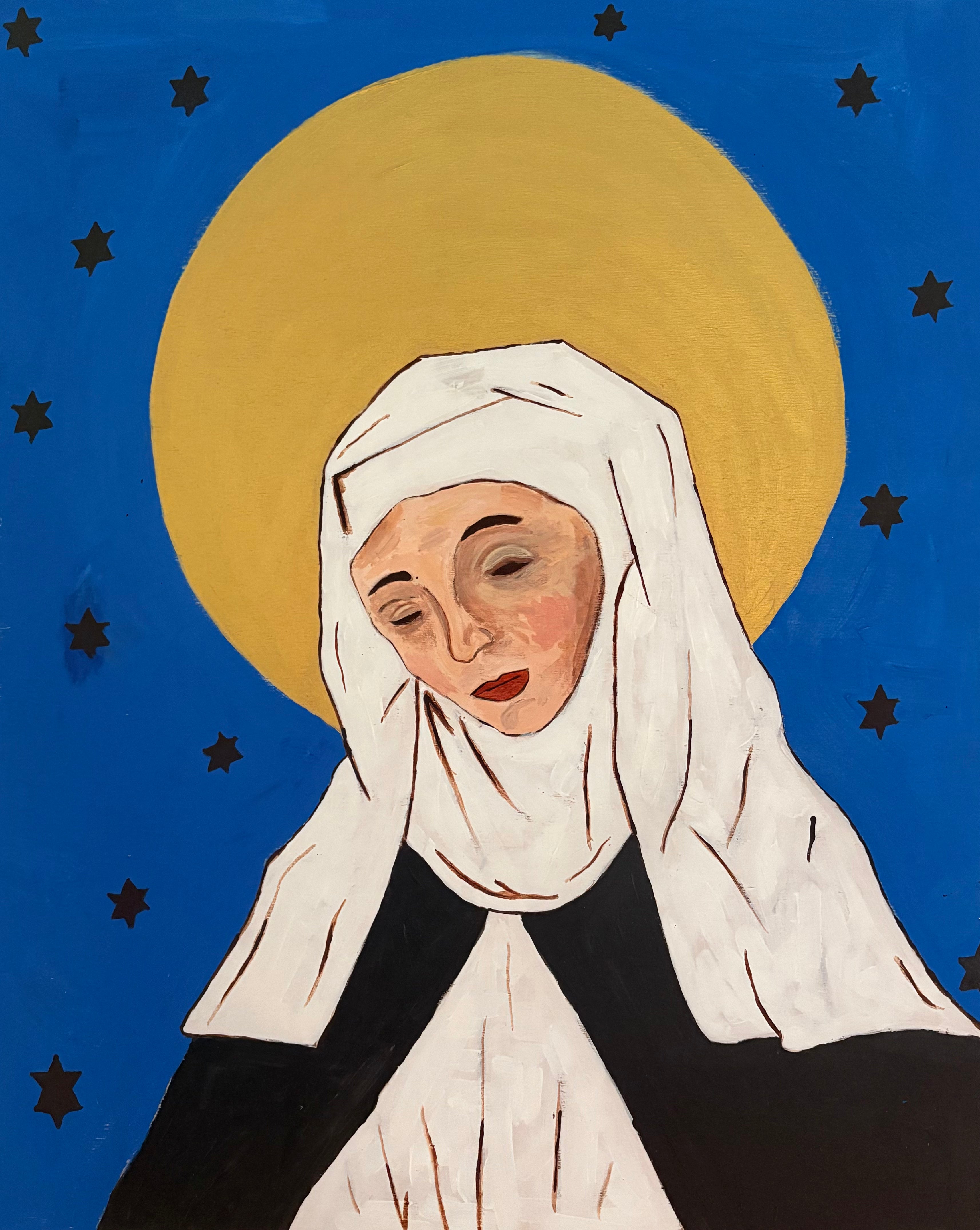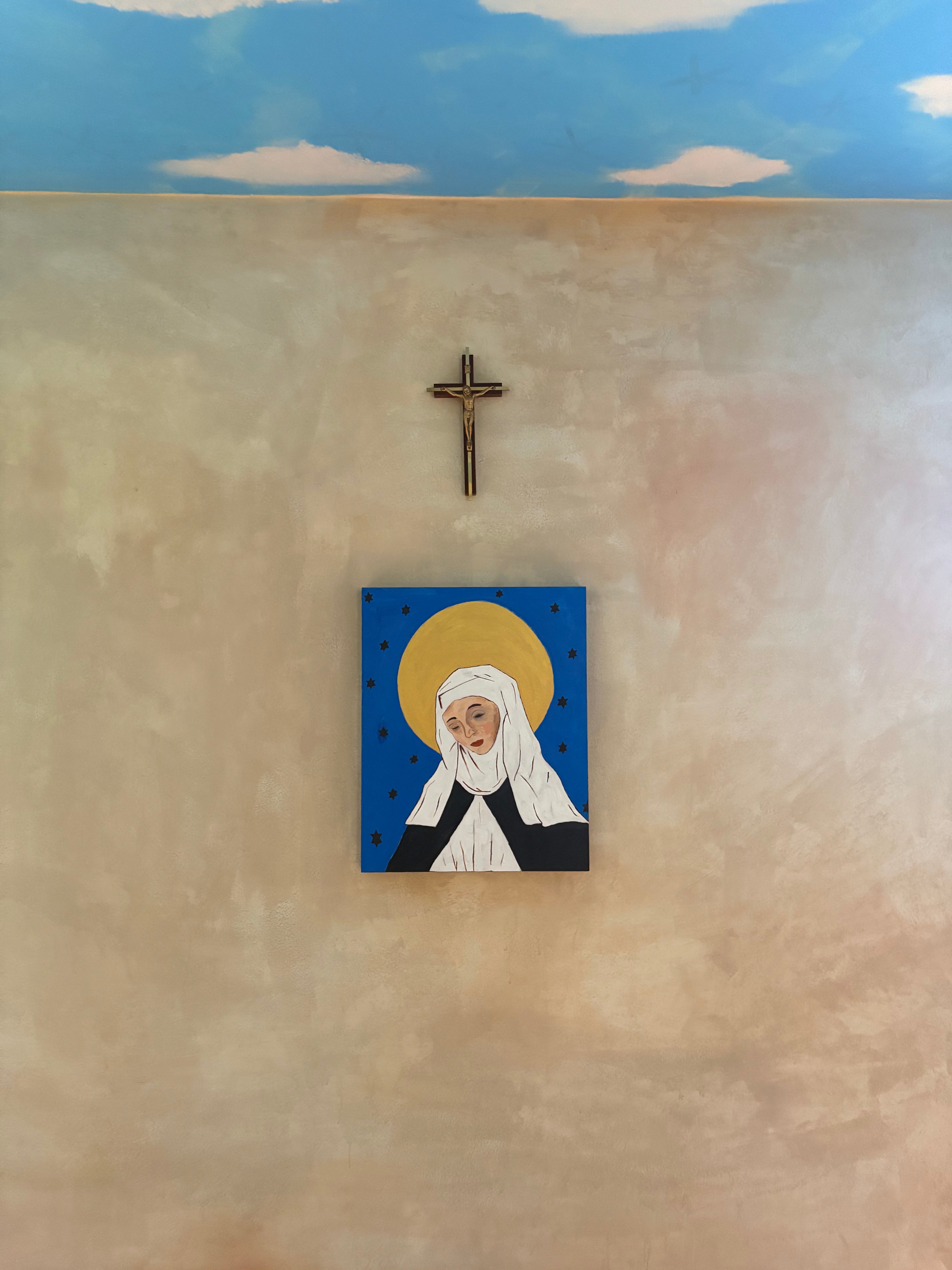


SAINT BRIDGET OF SWEDEN
Saint Bridget of Sweden, also known as Birgitta Birgersdotter, was born around 1303 in Uppland, Sweden, into a noble and deeply religious family. From a young age, she was known for her piety and spiritual sensitivity. She married Ulf Gudmarsson, a nobleman, and together they had eight children, one of whom, Saint Catherine of Sweden, also became a saint. After her husband’s death in 1344, Bridget felt a strong call to dedicate herself entirely to God.
Following her widowhood, she began receiving vivid mystical visions, many of which centered on the life and Passion of Jesus Christ, as well as the Virgin Mary. These visions were eventually compiled into a book known as the Revelations, or Revelationes celestes. In them, she also conveyed divine messages directed at the Pope, kings, and other rulers, often calling for repentance, reform, and greater devotion to Christ.
Bridget went on to found a new religious order called the Order of the Most Holy Savior, more commonly known as the Bridgettines. The order was distinctive in that it included both monks and nuns living in separate quarters, governed by an abbess. The motherhouse was established in Vadstena, Sweden, and became an important center of religious life in the region.
She spent her final years in Rome, working for reform within the Church and urging the Pope to return the papacy from Avignon to Rome. She died there in 1373. Her remains were later brought back to Sweden and enshrined at the Vadstena Abbey.
Saint Bridget was canonized in 1391 by Pope Boniface IX. In recognition of her influence and holiness, she was declared one of the patron saints of Europe by Pope John Paul II in 1999, alongside Saints Catherine of Siena and Teresa Benedicta of the Cross (Edith Stein). She is also venerated as the patron saint of Sweden and of widows.
In art, Saint Bridget is often depicted in the black veil and white crown of the Bridgettine Order, which includes five red stones symbolizing the five wounds of Christ. She may also be shown with a book or quill, referring to her writings, and sometimes with a pilgrim’s staff, reflecting her many travels and pilgrimages in pursuit of her spiritual mission. Her legacy remains influential in the realms of mysticism, Church reform, and the devotional life of Europe.
16”x20” acrylic on wood.
Prayerfully made by Stephen Hotchkiss, if unavailable please inquire about having a similar painting made.
Choose options


